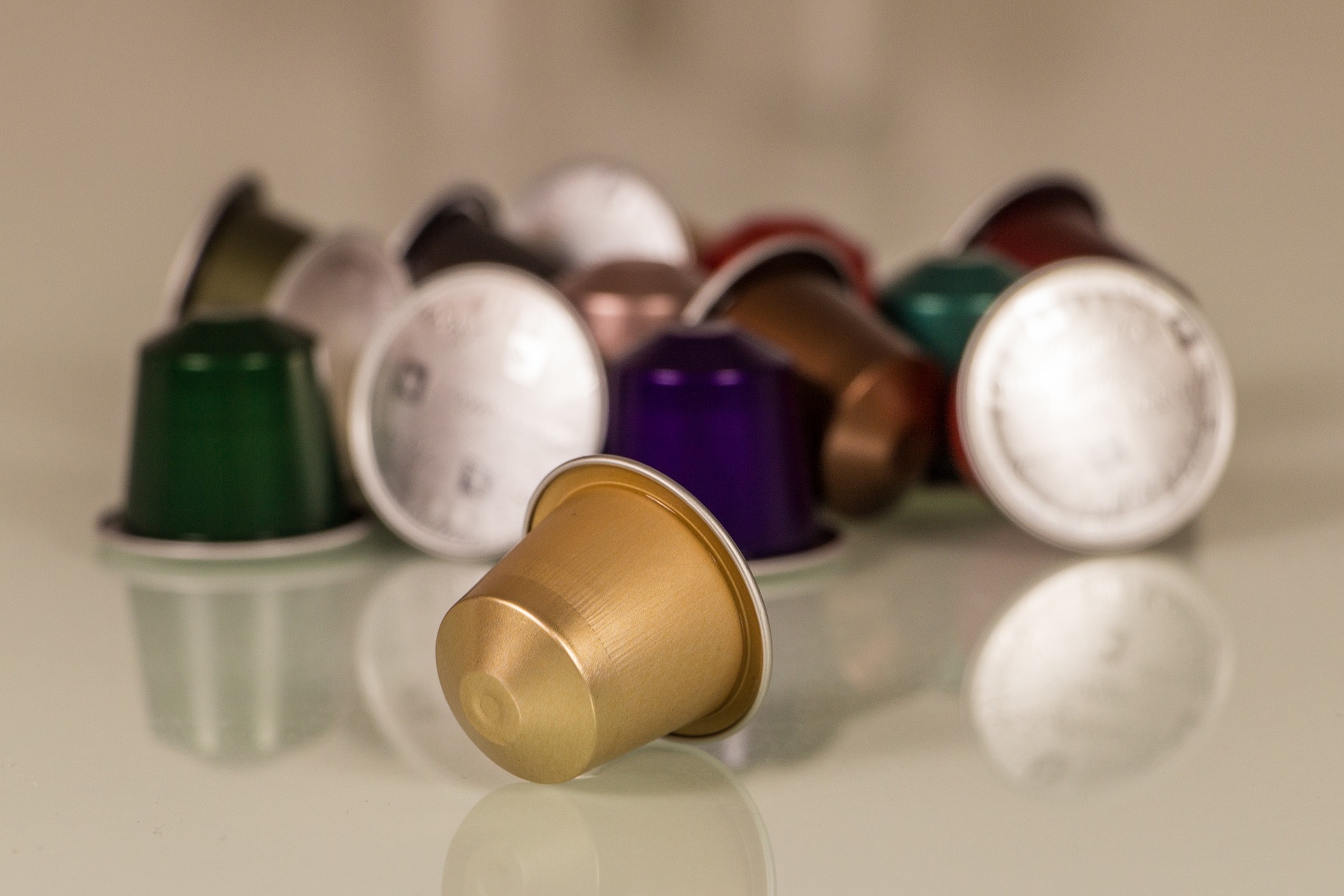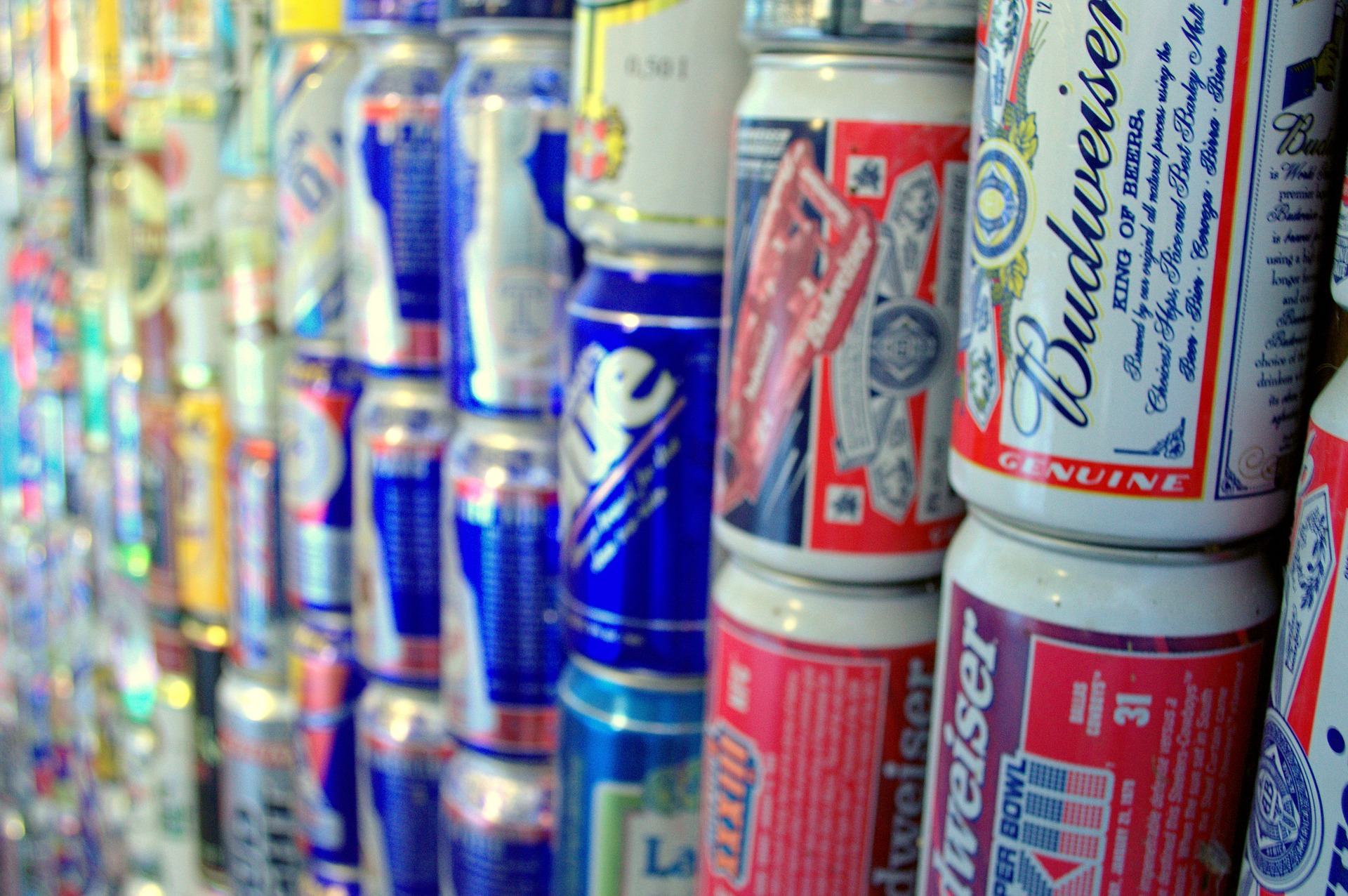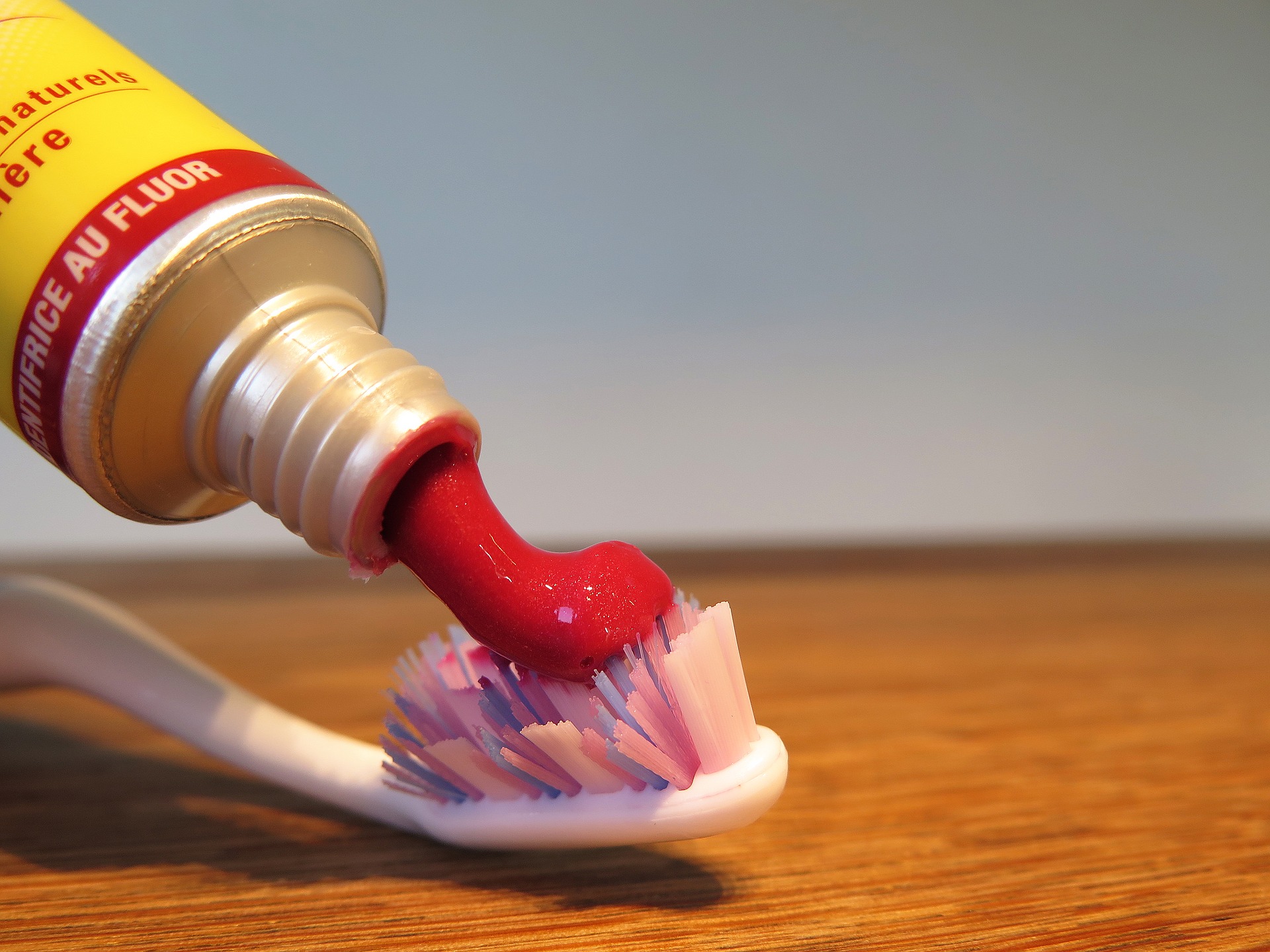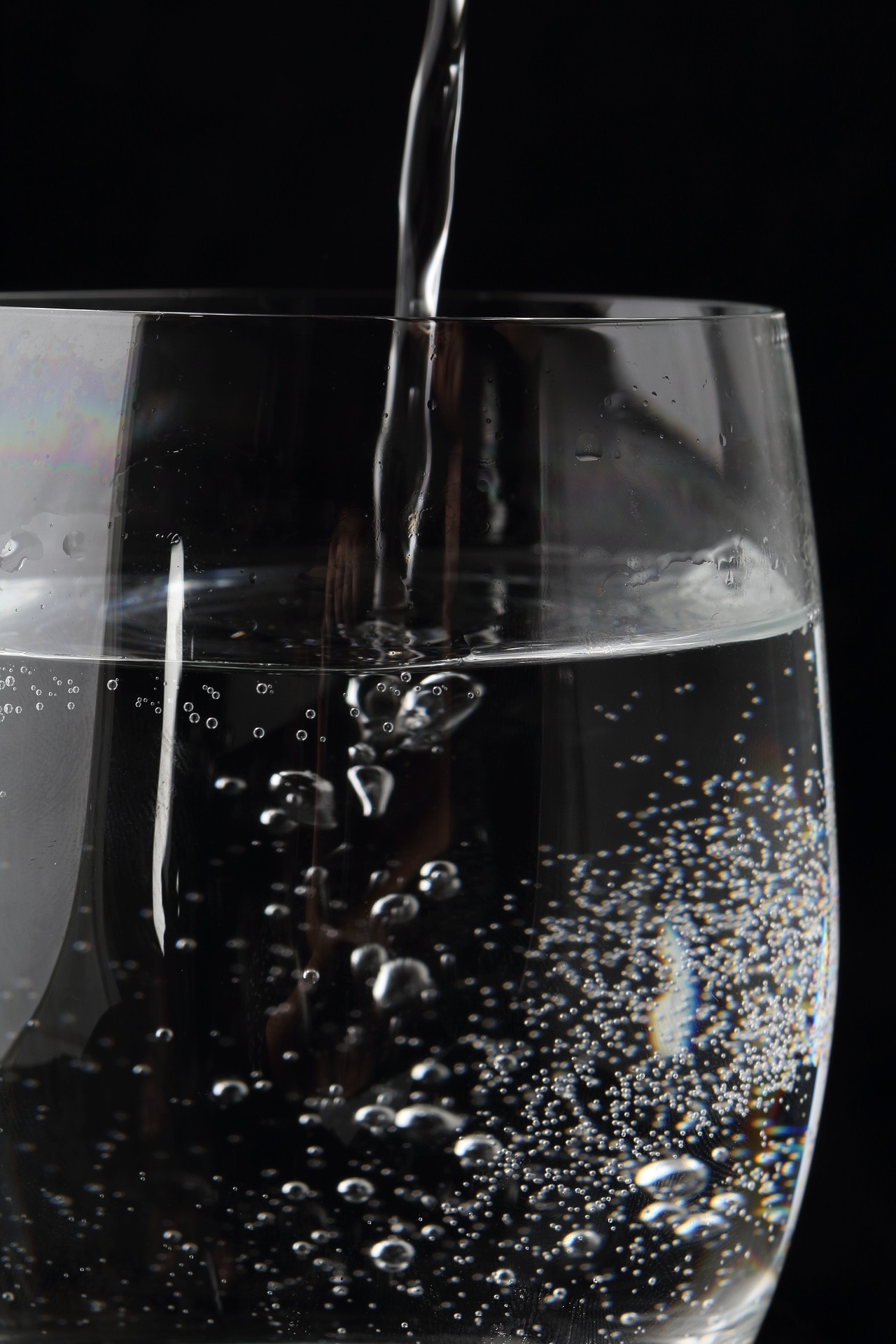
Aluminum is a light, soft, durable and abundant metal on the planet. It represents about 8% of the earth’s crust and interacts daily with humans through many products and foods. These include toothpastes, deodorants, cosmetics, cooking utensils, beverage cans, canned foods, drinking water, aluminum foil, medicines or vaccines. All these products contain this bright metal or its derivatives, although aluminum is a toxic element for our body.
Certainly, the human body supports a low aluminum content, but from a certain level, it becomes toxic and poisons our cells because it is not easily eliminated.
The presence of aluminum, according to several scientists who support their opinions through studies, causes cognitive difficulties and can lead to negative degenerative neurological stress. In sum, aluminum reduces memory capacity, concentration and is also associated with an increased risk of Alzheimer’s disease or degenerative diseases.

Contamination
Ingestion, inhalation or touching are the most common ways to absorb aluminum from our body. Ingestion occurs, for example, in water, in food contaminated with toxic metal or contaminated during cooking and even through drugs or vaccines. The term poison is not exaggerated because the World Health Organization (WHO) itself has set various limits for aluminum, for example for the presence in water or in food cooked in pots entirely or partially built with this kind of metal.

The WHO estimates that our body can support up to 40 milligrams per kilogram of body weight, but admits nevertheless that it constantly reevaluates the impact of this metal. A stance that stems from ongoing and published studies on its harmful effects and also from the fact that the International Agency for Research on Cancer (IARC) classifies aluminum production as carcinogenic to humans. The issue is the cases of lung and bladder cancer among workers who extract aluminum. Although the danger of this metal is well known, the fact is that no packaging or product clearly distinguishes between the health risks of aluminum and its derivatives. It is therefore up to each of us to analyze, test the vibrations and decide to continue consuming products containing aluminum and its derivatives. It is important to note that the amount of aluminum we accumulate daily is incalculable or even to know precisely whether or not we exceed the value at which we are subjected to malignant stress. Discover where to find aluminum easily:

Kitchen
The use of pots and pans, cutlery or other utensils, as well as packaging, made entirely or partially of aluminum, allow the transfer of metal in food and in our body. Experts believe, however, that the amount going into food is not significant, although aluminum can be dissolved when it comes into contact with salty, acidic and alkaline foods during cooking. Studies show that the release of metal reaches 20 milligrams per liter of water. The choice, for example, of pots and pans is very important so that the food is not contaminated.
Many experts warn that models of non-stick or Teflon pans (containing PFOA or PTFE) and aluminum models should be avoided. And while there are no perfect models, they admit that the best option is glass, ceramic or titanium. They can also be used in copper, iron or clay, provided that they are used correctly so as not to contaminate food.

Traditional shiny aluminum foil that is usually used to store or maintain food heat can, if misused, transfer aluminum to food. The proper way to use this paper is to place the lightest side facing the food, as this part is polished so as to avoid direct food contact with the dangerous metal.
However, the possibility of contamination of aluminum by food is inevitable, according to the researchers. A risk that increases at high temperatures, especially when the paper is used in food preparation, especially in acidic or spicy dishes.

It is therefore not recommended to use aluminum foil when baking. Alternatively, for example, opt for parchment paper. Aluminum foil is also not recommended for keeping tomatoes, spices or citrus fruits. Beware of chocolate bars that are usually wrapped in aluminum foil.
Beverages in cans
Tins and soda or beer cans are also made of aluminum, which researchers say could easily contaminate food and beverages because of the acidity of their ingredients and the differences in temperature to which they are subjected. until they are consumed. Once again, we risk seeing the poison transfer into our body without knowing it.
Deodorants

Salts and other aluminum derivatives, as well as several preservatives and other types of ingredients on the methyl, ethyl, propyl or benzyl labels, also known as parabens, are present in most deodorants, creams, and shampoos. and other toiletries or cosmetics that we use daily.
In the case of deodorants, aluminum blocks perspiration, preventing the body from naturally eliminating minerals and other harmful compounds in the body. Although not all the damage that can be done to our body is scientifically recognized, several studies suggest that it could cause negative stress related to infertility, allergies, various degenerative diseases or even to promote Alzheimer’s disease. With regard to parabens, studies show that they are absorbed by our body and can have harmful effects such as the blockage of our hormonal system, the lymph nodes. For those who do not want to take risks, it is best to use paraben-free toiletries and without any type of aluminum.

In deodorants, the most recommended is alum crystal or potassium aluminum stone that is easily found in health food stores. Although it is slightly more expensive than traditional deodorants (about 10 euros), it can last up to a year. The alum crystal stone does not contain chemicals such as alcohol-based dyes, perfumes or preservatives, and in particular, does not contain aluminum chloride antiperspirant.
Water and toothpaste
Fluoride is a byproduct of aluminum production announced by the chemical industry, with the support of the World Health Organization (WHO) and many governments, as essential for the fight against tooth decay, particularly in underdeveloped countries. Many countries put fluoride in public waters and most toothpastes contain fluoride.

However, over the years, researchers have presented studies that raise doubts about the benefits of fluoride for teeth and even warn that it is highly toxic at certain levels. The WHO itself has set a maximum value of 1.5 milligrams per liter of water, but some researchers estimate that from 0.4 milligrams of fluoride per liter of water, sensory and mental functions are slower. Fluoride is used in many tranquilizers and sedatives, such as Prozac or Valium, and is associated, according to the experts, with the negative thyroid, heart, bone, reaction time syndrome and can promote ‘Alzheimer or degenerative diseases.
There are stories that water from World War II concentration camps contained fluoride to relieve the reaction and pain of prisoners. Coincidence or not, countries such as Austria, Belgium, France, Germany, the Netherlands, Norway, the Czech Republic, China, and Japan have banned fluoride in public waters. In Portugal, when we consulted the website of the regulator of water and waste services, we found that there was fluoride and aluminum in the pipes, although the WHO limit values are respected, says the regulator.

Should we be satisfied with the Portuguese regulator and it is worthwhile to continue drinking aluminum and fluoride? Studies in countries where public fluoridation of water was banned or discontinued also revealed a reduction in the number of dental caries. WHO itself also confirms that there is a decrease in caries in these countries.
But it is not only in drinking water that we find fluoride, toothpastes also contain aluminum residues, with the slogan “Fluorine strengthens enamel” (to know more about toothpaste). For those who do not want to continue to ingest fluoride, the solution is to use fluoride-free toothpastes, there are many on the market, they are affordable and begin to be recommended by doctors. The option is in our hands.
Vaccines and medicines
Aluminum is part of the composition of vaccines and other drugs as a factor in increasing the effectiveness of the immune response effect of the vaccinated person. The introduction of this metal has replaced thimerosal, a mercury salt, which has been used for years until its neurological toxicity is demonstrated (to learn more about vaccines).
Likewise, drugs used in kidney failure or to reduce stomach acid, fight heartburn, flatulence or digestive problems have aluminum hydroxide (eg Maalox, Kompensan). or generic, among others).
Learn more about aluminum in:
Risk Assessment of the Use of Aluminum Foil in Food Preparation
How are heavy metals removed from the body?
Known and probable human carcinogens




